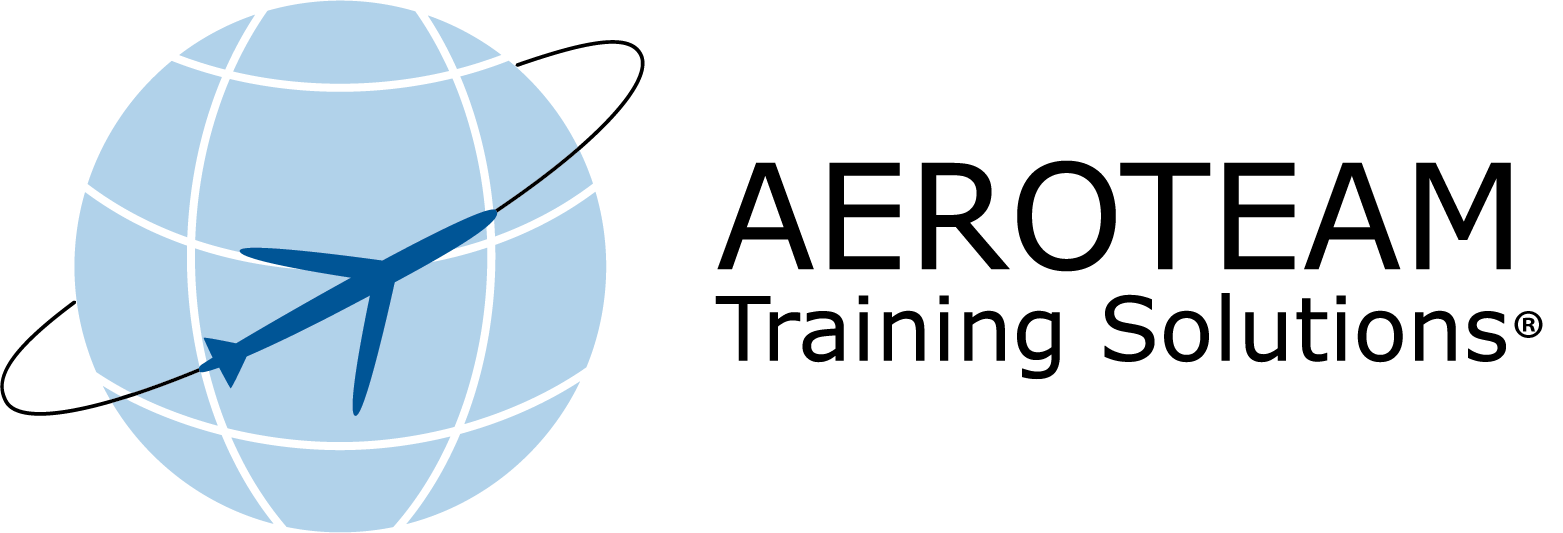
CBTA: Benefits and Barriers for the Aviation Industry
A competent workforce is crucial to ensuring safe and efficient operations. But when is a pilot, a flight attendant, or an aircraft technician in fact ‘competent’? A training methodology known as Competency-Based Training and Assessment has increasingly permeated the aviation industry. CBTA focuses on developing knowledge, skills, and attitude as opposed to training and identifying factors which contribute to accidents and incidents.
Competence. Skills. Proficiency. These are the cornerstones of every aviation-related operation. Whether you fly passengers safely from Singapore to Melbourne – or you are occupied with bolts, nuts, and harness in the hangar, you must be proficient in handling critical tasks, identifying risks, and ensuring overall safety and efficiency.
This article dives into the benefits of introducing CBTA into your existing training programmes. But it also addresses the barriers which could potentially affect the outcome of your competency-based training approach.
Read more: CBTA and EBT: The Future Training Methodologies of Aviation
Competence Builds Confidence
There are several benefits associated with CBTA. Firstly, it enhances non-technical skills such as communication, teamwork, decision-making, and situational awareness, making the workforce more competent and equipped to handle critical tasks. Secondly, CBTA helps align the training with reality by introducing scenario-based learning. The implication being that if pilots, flight attendants, and aircraft technicians master specific competencies in a realistic training scenario set in the safe environment that a classroom represents, they can demonstrate the ability to apply the same set of competencies in the operational environment. Furthermore, we can assess the outcome in the training environment and compare it to the real world.

Another benefit of CBTA is that it introduces more interactive, motivating, and enjoyable training by incorporating group discussions, case studies, role playing, and the like. The interactive aspect increases the likelihood of the participants building competence and retaining the learning.
Cheap, Fast, or Good?
Have you heard the old sales joke about the three kinds of services that businesses generally offer?
Every business operates with GOOD, FAST, and CHEAP service. But you can only pick two…
- GOOD and CHEAP won’t be FAST
- GOOD and FAST won’t be CHEAP
- FAST and CHEAP won’t be GOOD
The moral of the joke is of course not that CBTA can only encompass two out of three. Rather, the thing to keep in mind is that good things take time. CBTA does not happen overnight. CBTA is a mindset which you can choose to apply to your existing training. In fact, a competency-based training approach improves the efficiency of the classroom training and helps reduce excess time and cost.
Read more: Active Learning: The Training Standard of the Future
What is the real barrier to implementing CBTA, though? From our experience, the greatest barrier is the misconception that your existing training programme already covers the needs, prevents accidents, and complies with regulation. So why change anything about it?

CBTA is not about grading performance post-examination. CBTA goes beyond the conventional training tick mark by relying on scenario-based training and interactive learning. This enables the instructor to assess competencies and the ability to perform safely and efficiently in the operational environment. A score of 75% or above does not demonstrate competence. It demonstrates the ability to memorise the correct answers on a multiple choice-questionnaire.
CBTA is an obvious training methodology for classroom training. Essentially, training in CRM and Human Factors becomes much more valuable by incorporating CBTA in the classroom rather than focusing solely on competency-building through simulator training and mock-up exercises with the crew or staff.
CBTA: Today and Tomorrow
To summarise, CBTA is already being used for several training programmes in the aviation industry due to its benefits and applicability.
That is great news.
Therefore, AOC’s, MRO’s, and ATO’s hold a great responsibility when it comes to maintaining and promoting the CBTA mindset within our industry.
You should be asking yourselves; how effective is our training right now? How do we currently train and assess knowledge, skills, and attitude? Does our training make our people competent and proficient? When have we last made changes to our training programme? How do we assess competence in the classroom?
When you reflect on these questions, you are already starting to adopt a competency-based mindset. Today and tomorrow.




